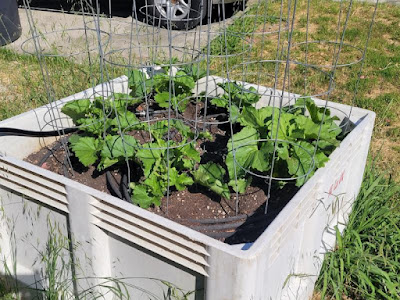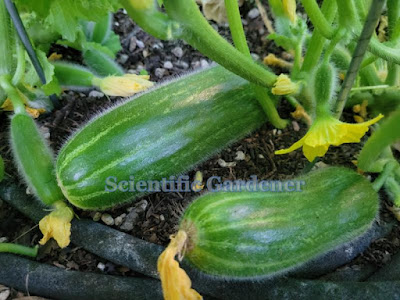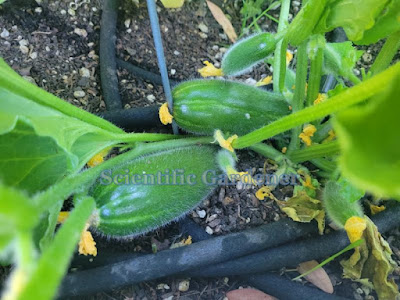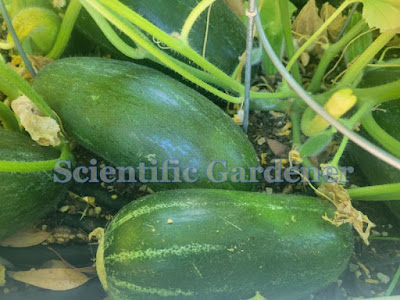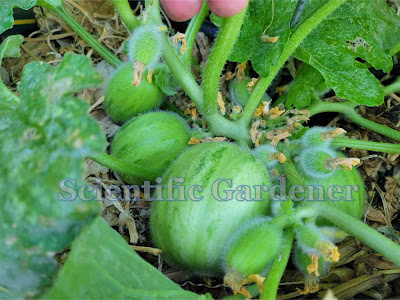What shall I say about the Minuncedda di Sternatia? First, I must mention something about the name. The majority of the names of various melons picked immature as cucumbers in Italy are given names according to this pattern: 1. Fruit name in the local dialect 2. From 3. Location. Thus “Minuncedda” is the name given to this cucumber-melon and “di Sternatia” means “from Sternatia”.
Second, this is one of the varieties that I definitely misjudged. On looking at the initial pictures of the variety, I thought that it was some kind of inferior Spuredda Leccese, but after my friend Giuseppe grew them out and shared pictures with me, I could tell that they were much more. He spoke of their beauty, productivity and flavor so highly, that I had to try them out. Honestly, the pictures that I took of this variety don’t do it justice. This is an extremely delicious and productive cucumber-melon variety. Given the space that it occupied and the few plants that grew in the space, the variety did extremely well.
I generally plan to have my plants ready in the greenhouse to plant out around May 1st. In 2023, early May was exceptionally cold and still a bit wet. It was also windy. At first, the original planting of my Sternatia looked like it would be okay, but when I came back a week or two later all of the transplants had perished.
I germinated some new seed, planted the sprouted seed into soil blocks in the greenhouse, then after a week or two planted them into the raised bed. It was early June before the plants looked like they normally would in early May.
Fortunately, despite all the setbacks, the plants grew quickly. The Sternatia demonstrates some of the most vigorous growth that I have encountered in cucumber-melons. The color is dark or dark with splotched stripes. There is some variation in the color that is narrow enough that I will likely never go through the work of selecting one variation over another. The cylindrical shape was pretty consistent as well. It seems that the trait that was most variable in this variety is the fruit length.
Overall, I would have to say that the Sternatia was definitely one of my favorite varieties of 2023 and one of my definite favorite varieties overall. Now, when people ask about what varieties to try for flavor and productivity, I recommend the Minuncedda di Sternatia.








